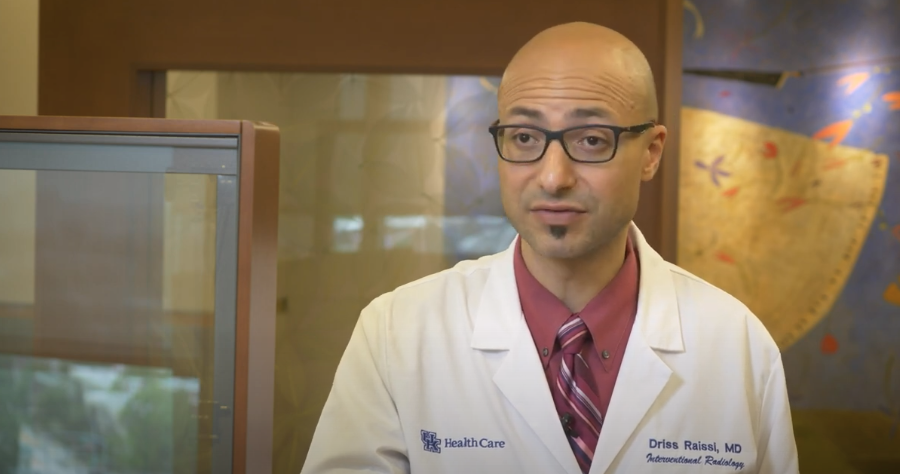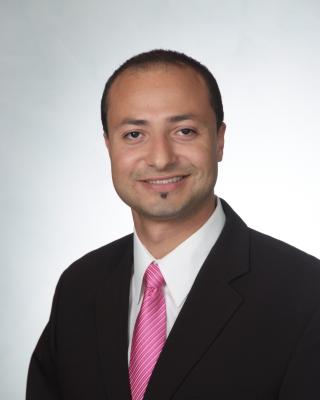

Making the Rounds with Dr. Driss Raissi

 For this week’s Making the Rounds, we interviewed interventional radiologist Driss Raissi, MD. Dr. Raissi is also Chief of the Division of Vascular and Interventional Radiology, Enterprise Medical Director of the Interventional Services Pavilion at Chandler Hospital, and founded the Uterine Fibroid Program as a joint venture with the OB-GYN department as a way to provide minimally invasive procedure options for women who suffer from fibroids.
For this week’s Making the Rounds, we interviewed interventional radiologist Driss Raissi, MD. Dr. Raissi is also Chief of the Division of Vascular and Interventional Radiology, Enterprise Medical Director of the Interventional Services Pavilion at Chandler Hospital, and founded the Uterine Fibroid Program as a joint venture with the OB-GYN department as a way to provide minimally invasive procedure options for women who suffer from fibroids.
We recently chatted with Dr. Raissi about what interventional radiology actually is, what types of patients he sees and why he treats patients like members of his own family.
Tell us about interventional radiology. What is it, and why is it such a good option for some patients?
A lot of folks ask me “what is interventional radiology?” Sometimes those folks are actually doctors who still don't have very clear with interventional radiology.
I personally would define it as a miracle; a God-given miracle to humanity. It is the ability to perform surgeries without doing the surgery itself. Every year there are more procedures that you can do through interventional radiology. Every year there are more specialists who develop an interventional practice such as interventional pulmonology, interventional GI, etc.
Everybody now has realized how miraculous it is to be able to treat patients without actually making them undergo major surgery.
What types of patients do you see?
I see patients who may suffer from liver disease, liver failure or certain types of cancer that go to the liver – either liver cancer or colorectal cancer. Or patients that may need local radiation to the liver delivered through the bloodstream.
I also focus a lot on patients that might suffer from bleeding from trauma. They might come here after a car wreck and need an urgent intervention. Another thing that I specialize in is women's health – mostly patients who have very, very disabling periods who might have fibroids.
And we perform a procedure here at UK HealthCare in a multidisciplinary fashion in order to salvage the uterus. And keep young healthy females away from going under the knife. And they can preserve their ability to continue to bear children.
Why is working at an academic medical center such an advantage for what you do?
Being an academic center has many perks. One of them is working in a strong multidisciplinary fashion. So you have a lot of other folks that support your decisions [and] double check your decisions. [It] ensure[s] that we are able to come up with the best plan for the patient… [a] plan that's been built across multiple other specialists.
I hail from or rather humble beginnings... mostly, my ancestry is farmers who had very little access to health care who suffer from a lot of chronic illness. And I've always looked at them with the hope that I'll be one day able to treat them. And I continue that mission with my patients.
Tell us about your patient philosophy.
I look at my patients as my family, and I make decisions based on their values…That's my philosophy: it is very simple, and it works – and it allows me to connect with patients, and it is a privilege.
That sense of being useful to people is irreplaceable. It allows you to wake up in the morning and go on with a busy 20-hour shift.
Watch our full interview with Dr. Raissi.






